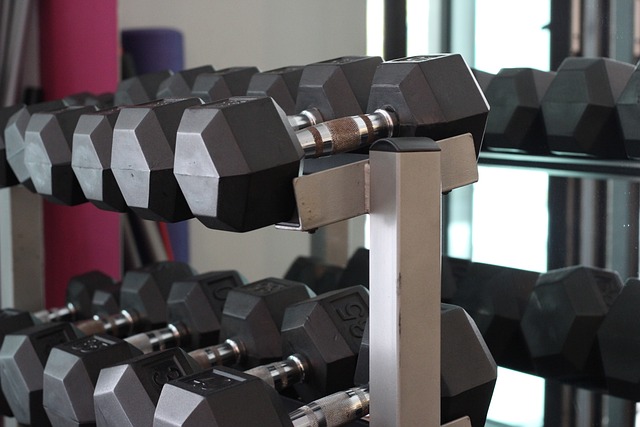Riding any type of transportation can cause motion sickness to occur. Without warning, it can happen: from the feeling of discomfort to cold sweats until it progresses to nausea and vomiting. Motion sickness can stop as soon as the motion ceases. Typically, the more a person travels, the more he can adjust to being in motion.
If you know you’re prone to motion sickness, you can stop it from happening by planning ahead of time. When traveling, reserve seats where you feel motion the least. Here is a list of transportation of seats you should reserve:
 •   By car – sit in the driver’s seat or the front passenger seat
•   By car – sit in the driver’s seat or the front passenger seat
•   By train – reserve a seat next to a window near the front. Always choose a seat that’s facing forward
•   By ship – request a cabin in the middle or at the front of the ship. The upper deck is also a recommended area
•   By plane – reserve a seat in the front area, and then direct the air conditioning at your face
Tips on how to avoid motion sickness
•   Focus on a distant stationary object
•   Keep your head motionless
•   Avoid smoking or sitting near smokers
•   Avoid greasy food, spicy food, and alcohol.
•   Take an over-the-counter antihistamine or a medicine that has dimenhydrinate at least 30 minutes before traveling
•   Eat crackers to settle your stomach. Drink a carbonated beverage together with the cracker.
•   Consider using a prescription scopolamine patch. Apply this behind your ears to prevent motion sickness. Take note that people suffering from certain health conditions, such as urine retention problems, asthma, or glaucoma should not use this patch.











[…] Riding any type of transportation can cause motion sickness to occur. Without warning, it can happen: from the feeling of discomfort to cold sweats until it progresses to nausea and vomiting. Motion sickness can stop as soon as the motion ceases. Typically, the more a person travels, the more he can adjust to being in motion. If you know you’re prone to motion sickness, you can stop it from happening by planning ahead of time. When traveling, reserve seats where you feel motion the least. Here First Aid News […]
[…] Riding any type of transportation can cause motion sickness to occur. Without warning, it can happen: from the feeling of discomfort to cold sweats until it progresses to nausea and vomiting. Motion sickness can stop as soon as the motion ceases. Typically, the more a person travels, the more he can adjust to being in motion. If you know you’re prone to motion sickness, you can stop it from happening by planning ahead of time. When traveling, reserve seats where you feel motion the least. Here First Aid News […]
I suffer from motion sickness and I am now getting ready for a cruise so Im a bit stressed especially as this cruise can encounter rough seas, which is very common.
I dont agree with you that the front of the boat is a good cabin location as this is where the ship gets the most motion but do agree with the mid ship location. The lower in the ship the better for a cabin.
I also start taking my seasickness medication the day before I sail. That way I know that I don’t have to worry about spending my time in my cabin but can enjoy the time on deck. Thanks for the information and oh yes I think the soda and a cracker works for me too.